
Spider plants, known for their lush green foliage and air-purifying qualities, are a favorite among indoor gardening enthusiasts. However, one common issue that many plant owners face is the development of brown tips on their spider plants. This guide will delve into the reasons behind brown tips and provide effective solutions to maintain the health and beauty of your spider plant.
Understanding the Causes of Brown Tips on Spider Plants
Brown tips on spider plants can be a sign of several issues. Identifying the root cause is the first step in restoring your plant’s health. Here are some common reasons why your spider plant might be developing brown tips:
1. Water Quality
Spider plants are sensitive to fluoride and chlorine, which are commonly found in tap water. These chemicals can accumulate in the soil and cause the tips of the leaves to turn brown. Consider using distilled or rainwater for better results.
2. Inconsistent Watering
Over-watering or under-watering can also lead to brown tips. Spider plants prefer slightly moist soil, so it’s important to water them consistently. Ensure the soil is well-draining to prevent root rot.
3. Low Humidity
Spider plants thrive in environments with moderate humidity. If the air in your home is too dry, it could result in brown tips. Increasing humidity levels with a humidifier or by misting the plant can help prevent this issue.
4. Excessive Fertilization
While spider plants do benefit from occasional feeding, too much fertilizer can cause salt buildup in the soil, leading to brown tips. Use a balanced, water-soluble fertilizer sparingly during the growing season.
How to Treat and Prevent Brown Tips
Once you’ve identified the cause of the brown tips, you can take steps to treat and prevent further damage. Here are some effective strategies:
1. Use Appropriate Water
Switch to distilled or rainwater for your spider plant to avoid chemical buildup. If using tap water, let it sit out overnight to allow chlorine to dissipate.
2. Maintain Consistent Watering
Develop a watering routine that keeps the soil slightly moist but not waterlogged. Always check the top inch of soil before watering.
3. Increase Humidity
Place a humidifier near your plant or mist it regularly to enhance humidity levels. Alternatively, you can place a tray of water with pebbles near the plant to increase moisture in the air.
4. Prune Damaged Leaves
Trim off the brown tips with sterilized scissors to prevent further damage. Make clean cuts just above the healthy tissue to encourage new growth.
Conclusion
Spider plants are resilient and can recover from minor issues with the right care. By understanding the causes of brown tips and implementing these preventive measures, you can ensure your spider plant remains vibrant and healthy. Regular monitoring and proper maintenance are key to preventing future problems and enjoying the natural beauty of your spider plant.
Spider plants are sensitive to fluoride and chlorine, which can cause brown tips. Inconsistent watering can lead to both over-watering or under-watering, causing brown tips. Low humidity levels can contribute to brown tips on spider plants. Excessive fertilization can result in salt buildup, leading to brown tips. Pruning damaged leaves and maintaining proper care can help restore the plant’s health. 
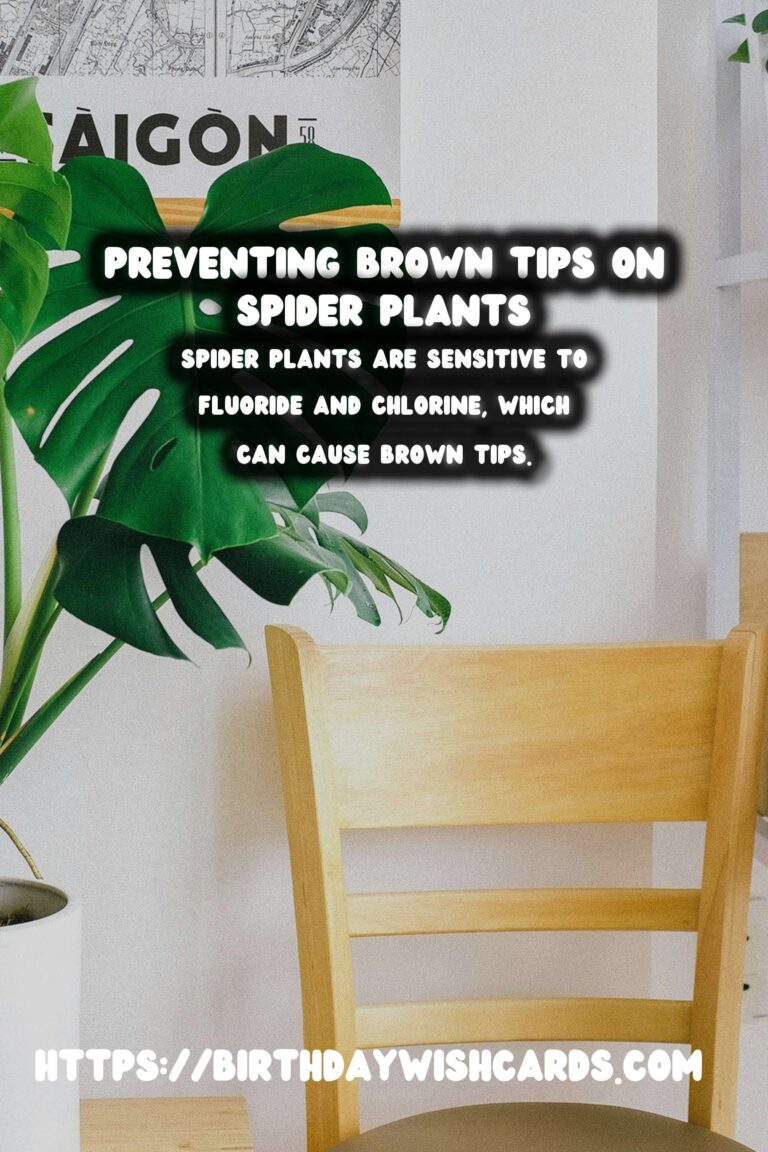
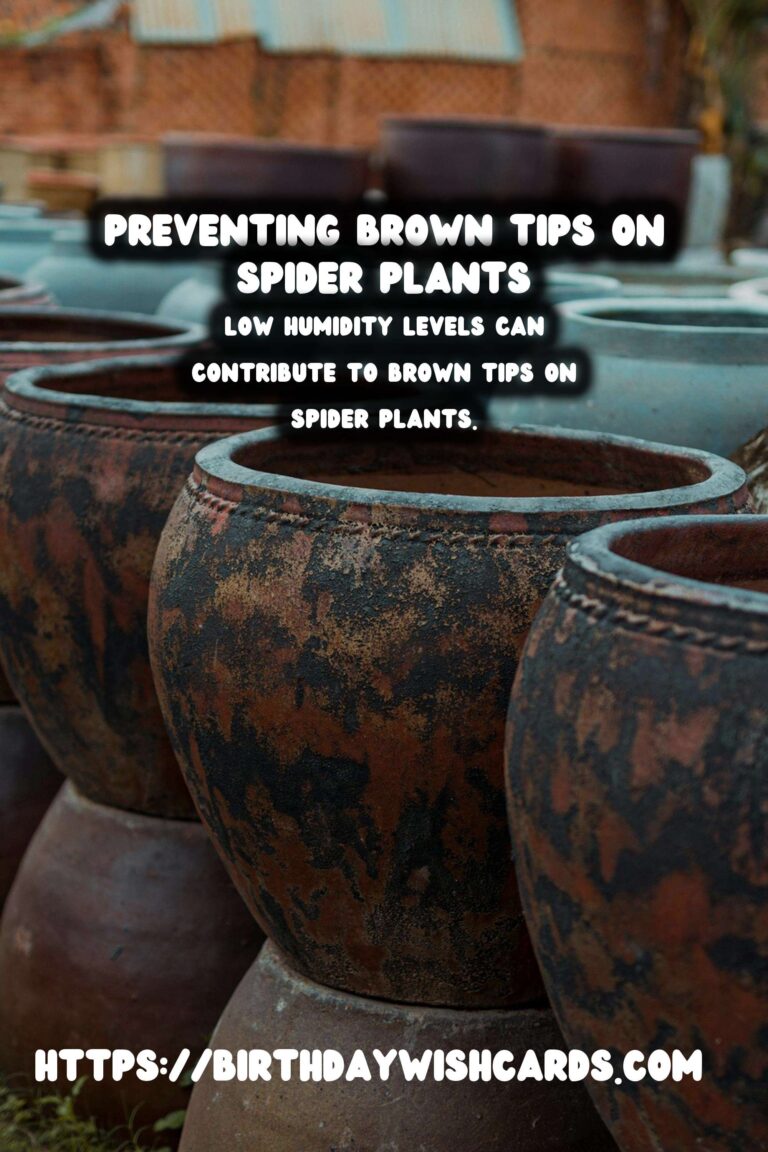
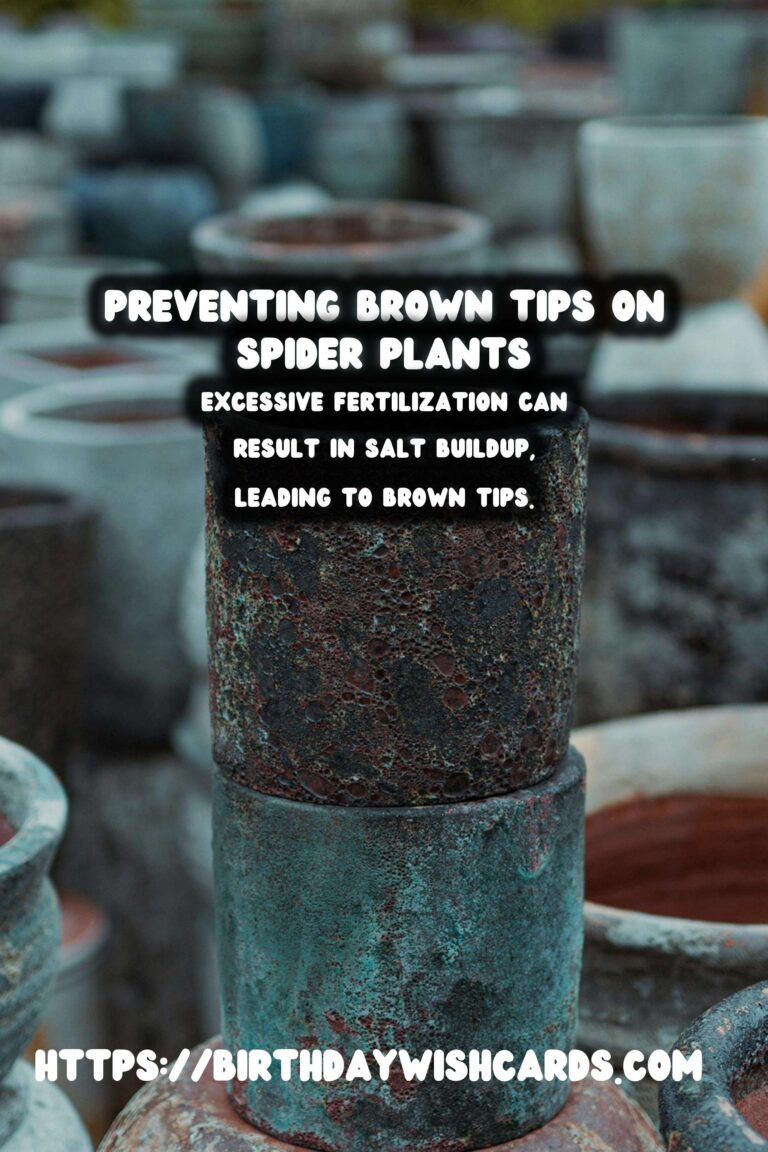
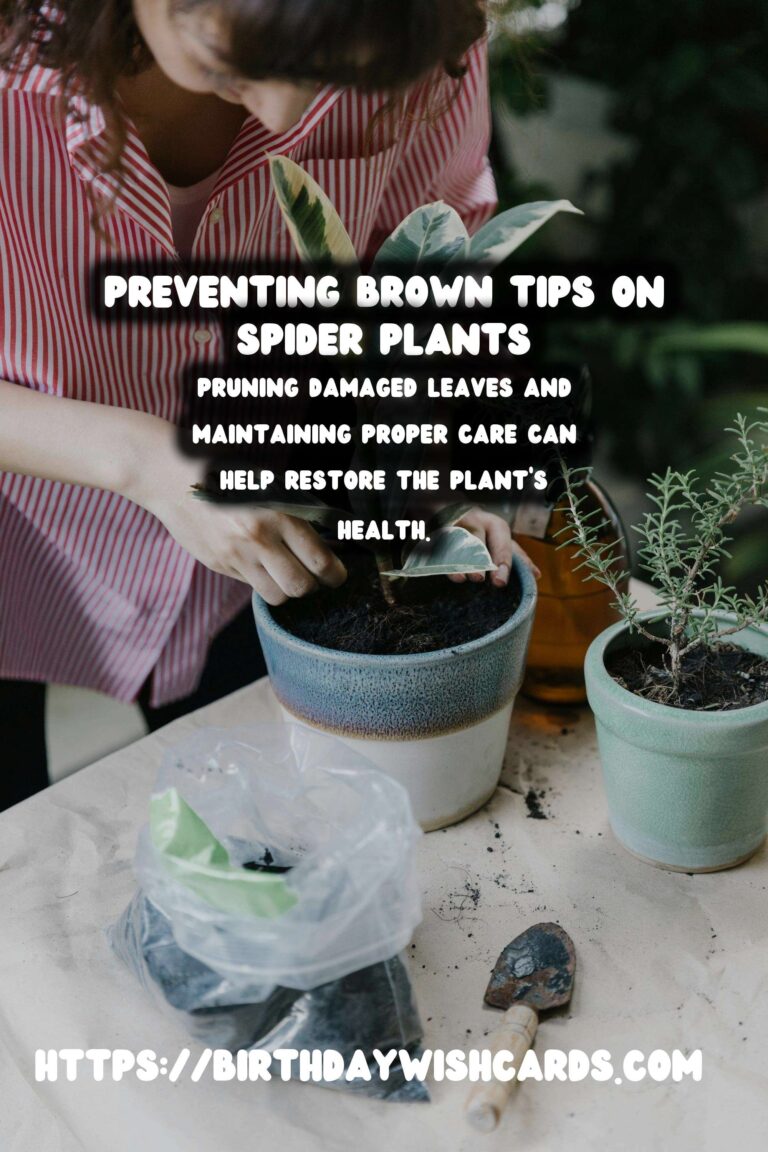
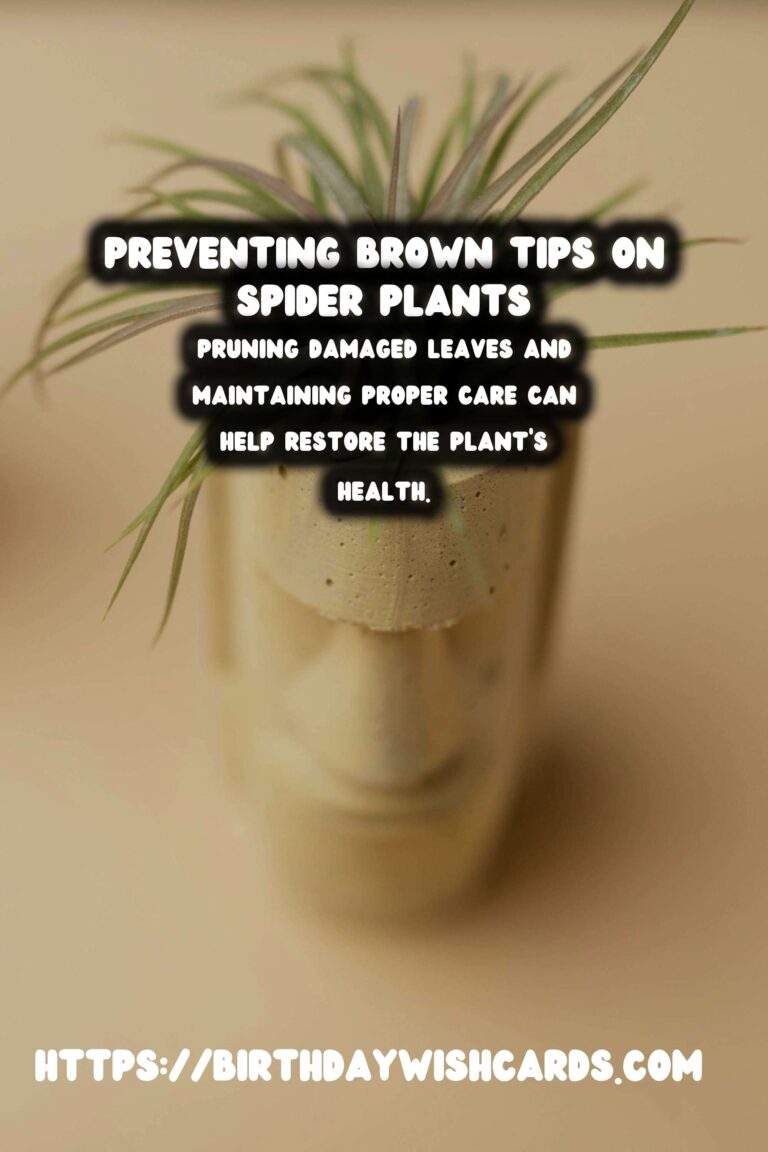
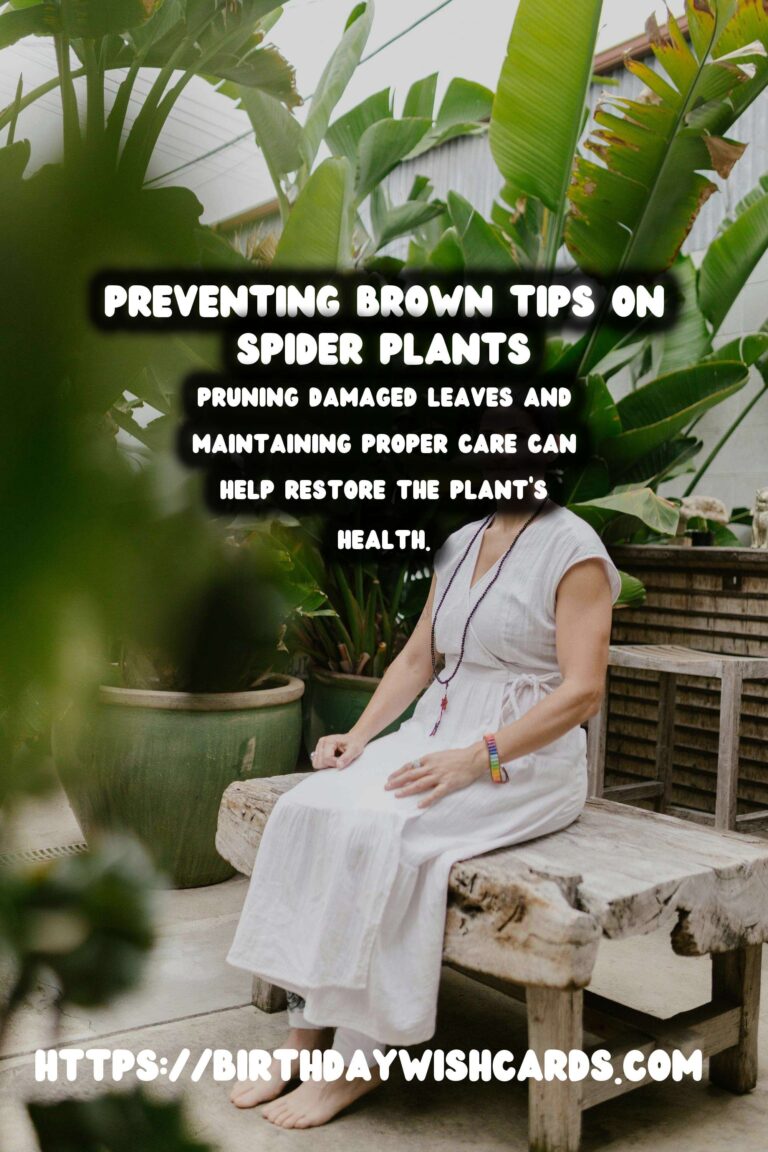
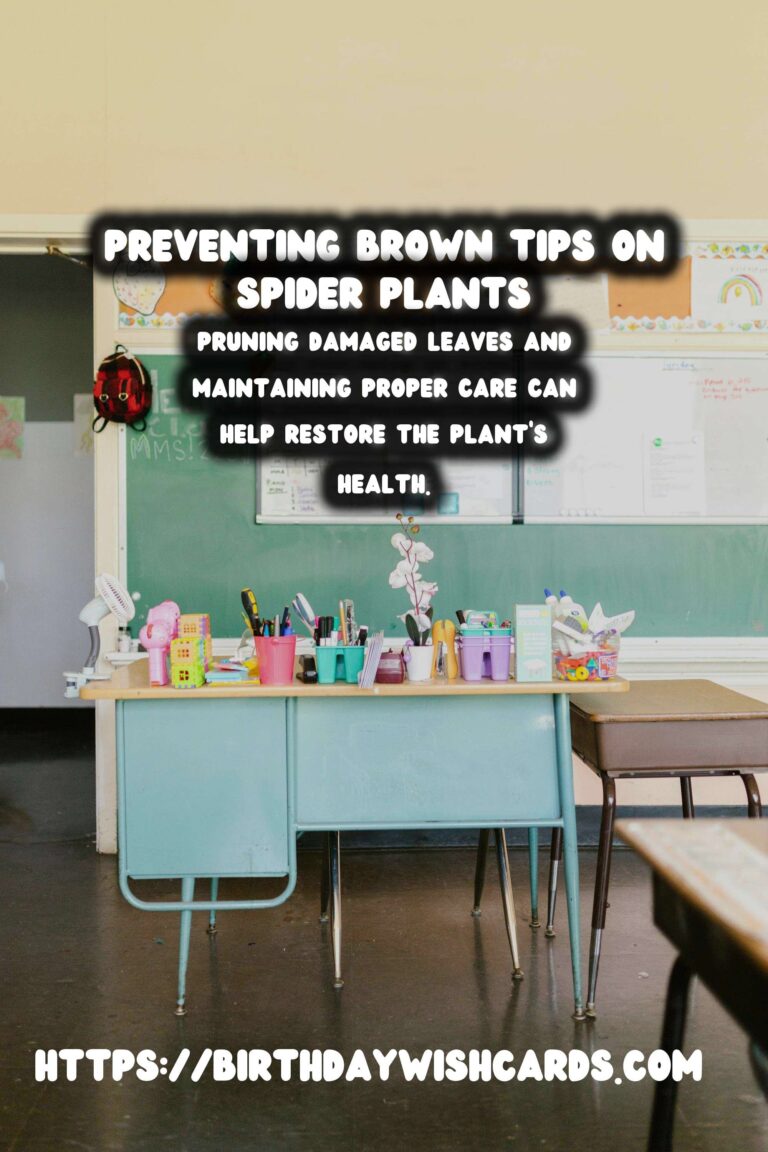

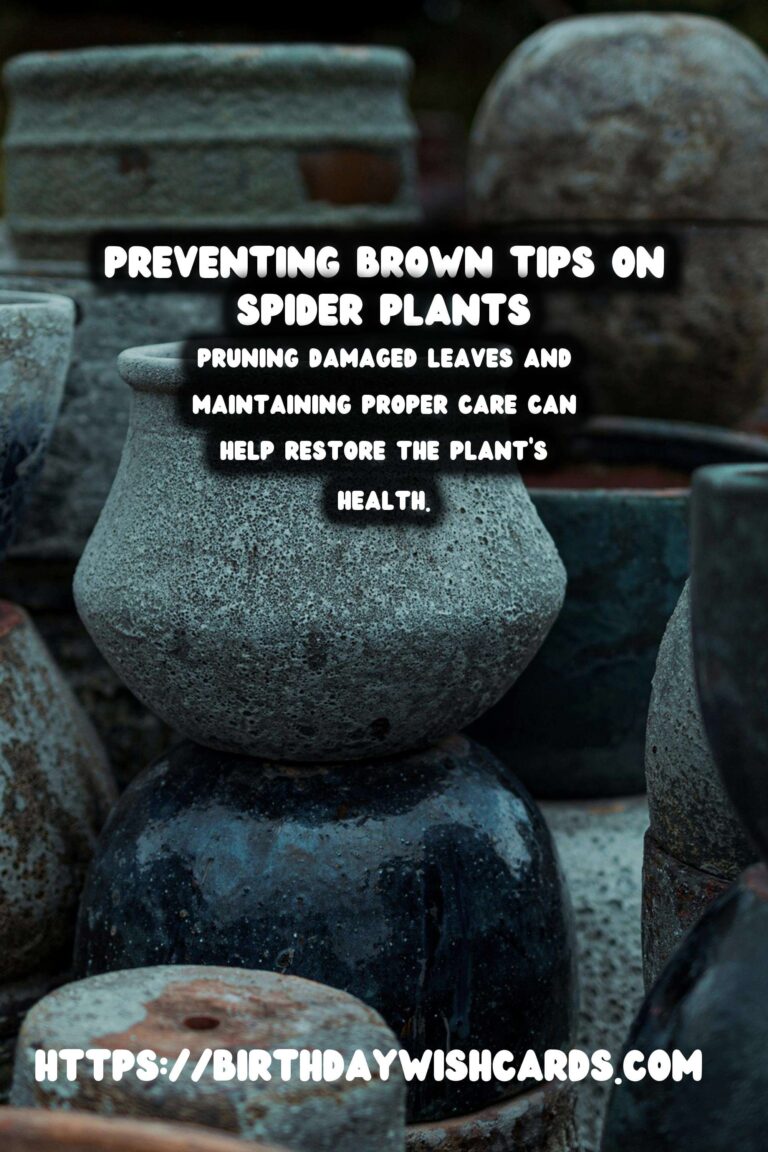
#SpiderPlants #PlantCare #GardeningTips #Houseplants #PlantHealth




